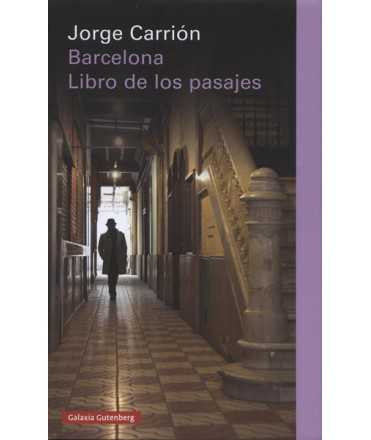Product successfully added to your shopping cart
Quantity
Total
There are 0 items in your cart. There is 1 item in your cart.
Total products
Total shipping To be determined
Total
Continue shopping Proceed to checkout
- Menu
- Offers
- Shops
- Stationery
- Bookshop
- Spaces
- Gourmet
- Urban
- Games
- Singular
- Technology solutions
- Events
Product successfully added to your shopping cart
Quantity
Total
There are 0 items in your cart. There is 1 item in your cart.
Total products
Total shipping To be determined
Total
Continue shopping Proceed to checkout
- Menu
- Offers
- Shops
- Stationery
- Bookshop
- Spaces
- Gourmet
- Urban
- Games
- Singular
- Technology solutions
- Events
Barcelona Book of Passages
Spaces m agic and ritual, laboratories of culture and ethnic t, the passages allow us to think about the great urban text from its footnotes. In Barcelona hay about four hundred. Some are roads that lead to a rural past, others are proletarian passages or alleys of slums that speak of the metr the factory and Francoism, the famous m are in the form of garden intersections and bourgeois galleries of the nineteenth century, the m recent ones are in pol industrial icons or host houses with swimming pools and restaurants for tourists. Jorge Carrión has travelled through all of them, he has studied them, he has read them, to access a dimension of Barcelona that had not been explored until now.
0000079410
| Editorial | varis |
Enviament en 24-48 hores, dies laborables
Devolucions en 30 dies
Tens dubtes? Tlf. 93 224 39 32



